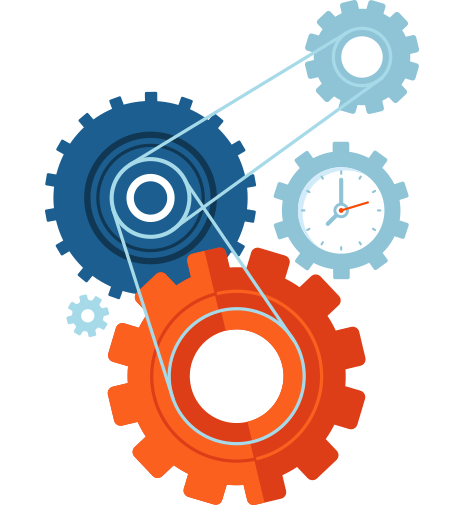In the era of internet and speed, the most important thing is to make yourself known and make your voice heard. And when it comes to nowadays’ competition, you’re going to need every available tool you might get. Fortunately, the optimization of images is something that many ignore and that professionals value extremely highly. And today we’re going to talk about a few pieces of advice about the improvement of the optimization of images.

First of all, let’s understand what SEO means and why we need it. SEO (Search Engine Optimization) represents the totality of procedures that lead to the improvement of a site so that it appears as high as possible within the search engines. Basically, the more optimized your site is, the bigger are the chances of getting on the first page of the search engines, the thing we are all aiming for. When was the last time you got as far as the second page in Google? We only check that out in extreme cases.
What’s the connection between the optimization of images and SEO?
It is said that a picture is worth a thousand words and this is just as valid when it comes to SEO. A major SEO element, the optimization of images, is one of the first steps that need to be taken towards this direction. It’s easy to implement and has considerable results, the optimization of images should constitute a solid base, for the beginning. Here are some ideas regarding how you can do this as professionally as possible:
1. Naming the picture
Google will search and appreciate more those images that have as part of their name a part or even the whole above word. To put it simply, by giving a specific example, the above image is labelled “SEO”, in case we chose “SEO” to be the keyword of the article. The more images we have that contain within their names the keyword/s, the more Google will appreciate the site and the better it will be indexed. What does this actually mean? Your chances of appearing on the first page of Google search are a lot higher if you optimize the images even just by name changing.
2. Using relevant tags
Even though tags don’t resume at images, they are an essential aspect to take into account. The optimization of images through using correct tags is one of the best SEO practices. Practically, the more relevant tags you use, the better.
What do tags need to contain? As a common sense rule, they need to contain the keyword/s, fragments from the keyword or some variations. Let’s look at a concrete example: we have to use the keywords “games for kids” for our website that has as main area of activity the trade of games for children. However, from Google’s perspective, people are more likely to type in just “games children” rather than “games for children” when they are searching on the famous search engine. Therefore, your tags will be (and not only): “games”, “children”, “games children”, “games for children”, “children’s games” and so forth. Basically, the more there are, and the more relevant they are, the better. The same is valid for the optimization of images.
3. The size of the images
Here we have to talk about 2 types of size: resolution and the occupied space.
The resolution of an image can be an extremely essential factor for SEO. You have to take into account that an image of a very high resolution that appears very clearly on a desktop will be very poor visually on a mobile device. The same way that the optimization of images for mobiles exclusively will be disastrous for tablets or desktops. What’s the right answer then? The answer lies in balance, balance that we’ve found through our experience.
The space occupied by images also represents a relevant factor. A 1MB image will load a lot harder than a 500 KB one. This means that a page that loads faster, a page that uses less internet band and implicitly a page that is better seen than Google. That’s why the optimization of images is very important in this meaning.
What’s the best format of the images, in order to occupy less space?
- If we’re talking about animations, then GIF is by far the best format;
- If we’re talking about images of high resolution, where the quality is vital, then PNG is the best choice;
- If we’re discussing images where the resolution and quality are not so vital then JPEG format is the most recommended one.
Therefore, now’s the time to take a look at your images and see which one of them requires optimization. And if you’ve wondered what the worst possible format of images is, that’s the classical BMP.
Now that you came across these tips, which is the first one you’re going to implement? We are waiting for your reply in the comments’ section. And if you are curious about our opinion regarding the optimization of images within your site, you can always ask for an audit and we will get to work. Yes, we do audit even for the optimization of images. Because a job well done in SEO requires dedication and professionalism in all of its branches.
